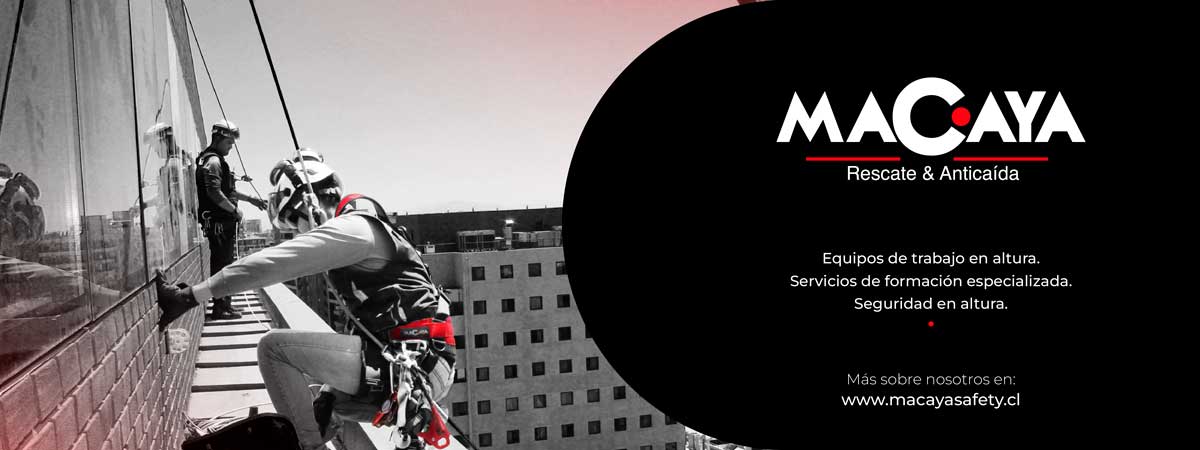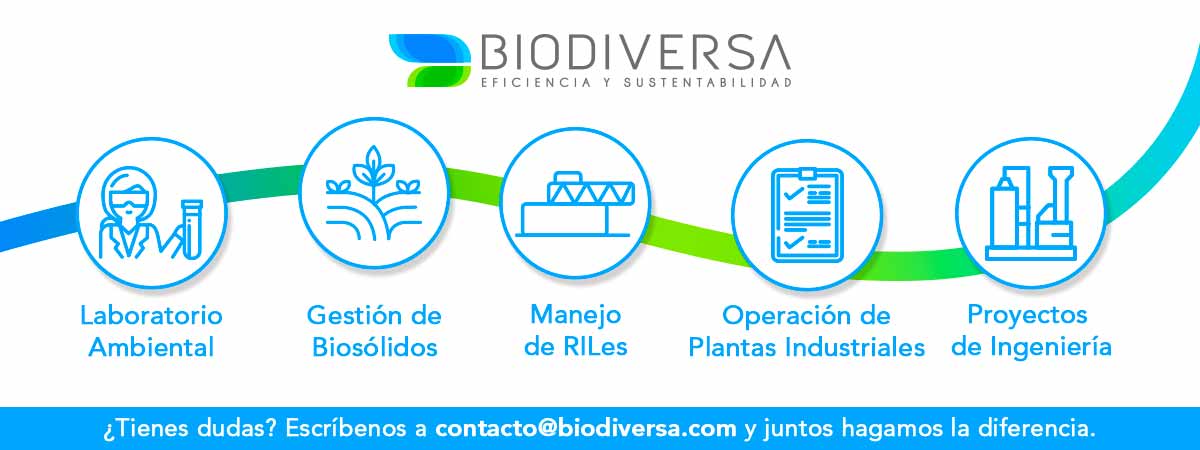Short Summary: KYC verification is designed to combat money laundering and terrorism financing activities. It ensures financial systems secure their sensitive user data and onboard new users without hassle.
Money laundering is an authentic issue that supports illegal industries and impacts global economies. Imposters employ different techniques to hide their illicit earnings. Hence, the UNODC (United Nations on Drugs and Crime) forecast that approximately 2 to 5% of international GDP is laundered via cash markets yearly. That’s why AML (Anti-Money Laundering) is a crucial framework designed to recognize and restrict the transformation of ill-gotten gains into authentic funds. This report offers a deep understanding of AML and how to combat money laundering with KYC verification to secure businesses against financial threats.
Money Laundering: A Quick Overview
Money laundering is a complicated procedure through which illicit or dirty money can be obtained from illegal activities, effectively cleaning it and making it authentic. However, this procedure hides the illicit origins of the black money and allows those involved users to gain ill-gotten profits without attracting law enforcement agencies. Money laundering has three essential stages:
- Placement
- Layering
- Integration
Let’s dive deeper into understanding how each stage plays a role in changing illegal funds into their authentic assets.
-
Placement: Introduce Illegal Funds
This initial stage is where criminals introduce their illicit money as hard-earned. It seems straightforward, but the vast volume of illegal transactions needs careful planning.
-
Layering: Splitting Illegal Funds from their Origin
After the first step, the owner has to separate black money from its source. As the word describes, layering means transferring funds via complicated financial transactions to baffle the trail. Usually, it includes shifting money from different accounts, countries and banks, modifying the form of black money by selling and buying assets or simply depositing money repeatedly.
-
Integration: Returning Cleaned Funds to the Economy
Lastly, the integration stage involves bringing back black money after layering it to society, making it similar to legitimate assets. Furthermore, the launderer invests in purchasing high-end products, legal firm ventures and engaging in real estate financial transactions.
Advanced Techniques of Money Laundering
The financial industry’s origin was encouraged by technological advancements that brought novel techniques used by money launderers. However, these advanced strategies by imposters pose a challenge for law enforcement regulatory bodies to keep up. Hence, understanding these new and updated strategies is essential to curb the flow of illegal funds and secure the authenticity of the business financial system. Let’s move forward to understand money laundering in a few industries.
-
Digital Wallets Usage and Cryptocurrency
The advent of digital currencies, including Ethereum, Bitcoin and altcoins has transformed the way of money laundering. Cryptocurrencies usually operate on unstructured platforms, escaping conventional banking and providing pseudo-anonymity.
Digital wallets enable users to manage and store their digital currency, necessitating minimal personal sensitive information for setup. Mixing services can quickly blur financial transactions by redistributing and pooling funds. The famous mixing service creator, Tornado Cash, was arrested recently, but different mixers are still available. The Silk Road marketplace, which operated on the dark web before its closure, is a remarkable example of how cryptocurrencies facilitate laundering activities and illegal trade.
-
Online Gambling and Gaming as Layering Tools
The online and advanced gambling and gaming sector has surged over the past decade. It’s an entertainment for thousands but a sanctuary for launderers. Players can buy virtual currencies and in-game assets, efficiently layering their illegal funds. However, these assets can be sold or traded, and the laundered financial money can be retrieved via third-party marketplaces and game-associated payouts. A UNDOC report states that more than $140 billion is used annually as black money via sports betting. Moreover, games with open economies and massive player bases, such as Counter-Strike and World of Warcraft, are vulnerable to these illegal activities.
The Regulatory Environment
The money laundering realm needs a robust regulatory KYC verification process. Illegal activities without rigorous policies and checks could proliferate, promote illicit industries and jeopardise societal economic structures. With time, money launderers have improved their tactics so the rules and regulations to combat them.
-
AML Rules and Regulations Around the Globe
Each strong economy has its own AML laws, reviewing global domestic challenges. BSA (Bank Secrecy Act) of American AML legislation mandates financial institutes to help govt. in recognizing and reducing financial crimes. Recently, the EU has enforced a series of AML directives with the 6AMLD (Sixth Anti-Money Laundering Directive). Moreover, jurisdictions in the Asia-Pacific enhance their AML, highlighting the region’s improving economic influence.
-
The Role of (FATF) Financial Action Task Force
The FATF plays a vital role in the international fight against money laundering. This intergovernmental body adjusted global standards for terrorist financing, money laundering and other related threats in 1987. 40 recommendations of FATF is the international standard for AML measures. That’s why these recommendations provide a comprehensive view of countries to strengthen their financial systems against money laundering and cover highlighted areas from legal systems.
Mitigate Money Laundering Risks with KYC Verification
Money laundering is a continuous threat with complex strategies that emphasize the requirement for solid countermeasures. A KYC verification process is a vital frontline defence against money launderers. However, it is vital for risk management and regulatory compliance. KYC verification enables institutes to understand their clients, potential risks and financial behaviours thoroughly.
Know your process rules primarily involves:
- Verify a client’s identity
- Understand the client’s interests.
- Monitor risks of illicit intentions in the business relationships.
KYC verification usually gathers and verifies client information, monitors transactional behaviour, and funds sources for irregularities.
Final Verdict
Money launderers are searching for advanced ways to encounter illegal activities, but KYC verification is needed to combat this. A KYC verification process has several rules that help institutes secure their reputations, better understand their clients and secure their sensitive information from potential fraud. Hence, KYC verification balances smooth client experience and customer due diligence. It’s an essential tool to combat money laundering.
























